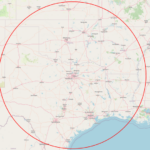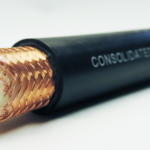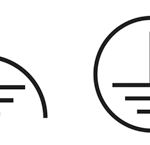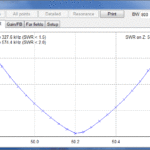By Mike Jahrig KG5P
A lot of RWK hams have purchased NanoVNAs. I recently obtained myself, and have learned that it provides a wealth of information in the shack. If you are not familiar with this device I suggest you watch the video replay of the October 2021 RWK program by Alan Wolke W2AEW. Alan covers a lot of basic information so I won’t repeat anything in his excellent presentation.
In the next few issues of The Chawed Rag, I will perform the following functions with the NanoVNA.
- Display the frequency range of antennas
- Test filters
- Investigate behavior or RLC circuits
- Calculate voltage standing wave ratio
- Determine coax line loss in dB
- Locate feedline faults and determine feedline electrical lengths.
- Calculate resonant frequencies
- Calculate antenna and coax impedances
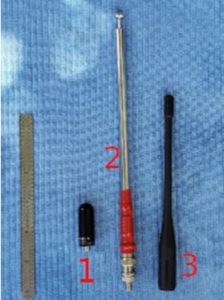
My first discussion begins with testing 2 meter and 70cm antennas and determine if they work as advertised. I’ll start by examining a few rubber ducks I have laying around the shack. We will start with the stubby little duck on the left (Antenna number 1). As I recall, I bought it off Ebay to go with my Baofeng talkie for use on 2 meters.
Let’s see what the NanoVNA tells us.
If I recall correctly, it was supposed to be a multiband antenna. As you can see here, it has no 2 meter capability although it would function for 70 cm. Worthless on 2 meters. Taking a look at Antenna number 2, it seems to perform better.
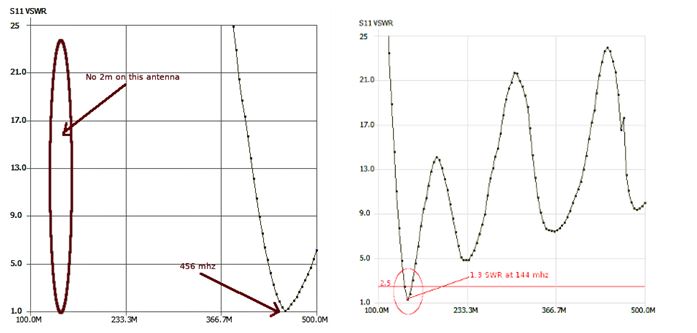
This is actually my favorite 2 meter antenna, a 5/8 wave base loaded collapsible whip. I’ve had it for years, and although it looks like a fishing pole, it is perfectly matched for the 2 meter ham band. It’s definitely not a multiband antenna but it never was intended to be.
Now look at Antenna number 3. I’m not sure where I got this one. It may have come with my 2-band Tytera DMR handheld. Here is the complete analysis from NanoVNA Saver, a free PC application for my Nano. It tells us lots of things.
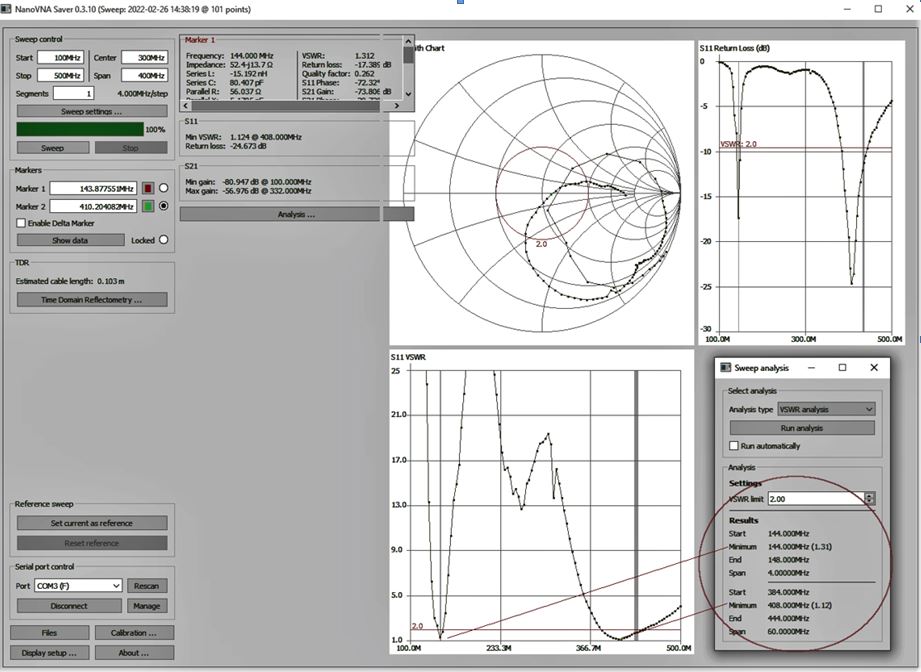
Note that it has a pretty good low VSWR range between 144 mhz and 148 mhz. It also covers 70cm from 384 mhz to 444 mhz with VSWR below 2.0. The best is 1.12 at 408 mhz.
So take a peek at your antennas with a Nano VNA. You will find some surprises. Next time I will talk about filters.
73 de KG5P

